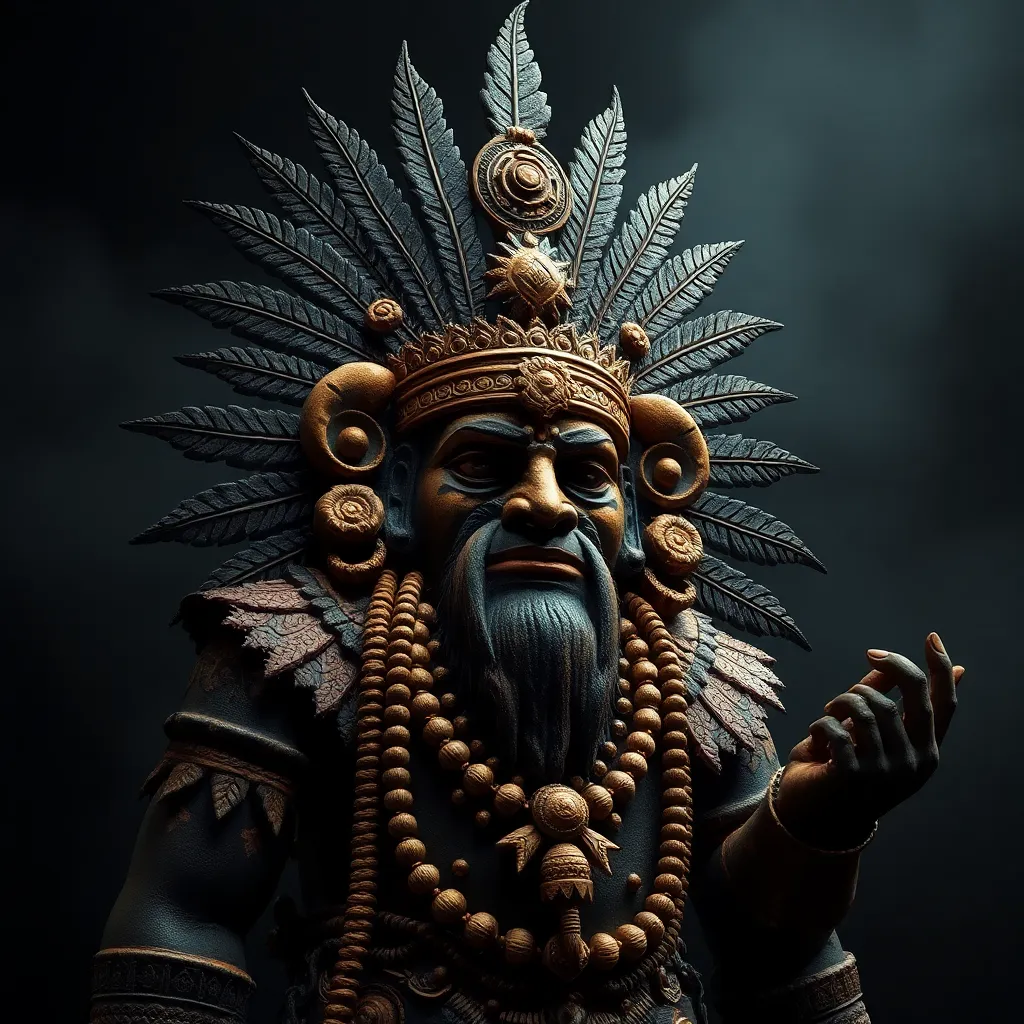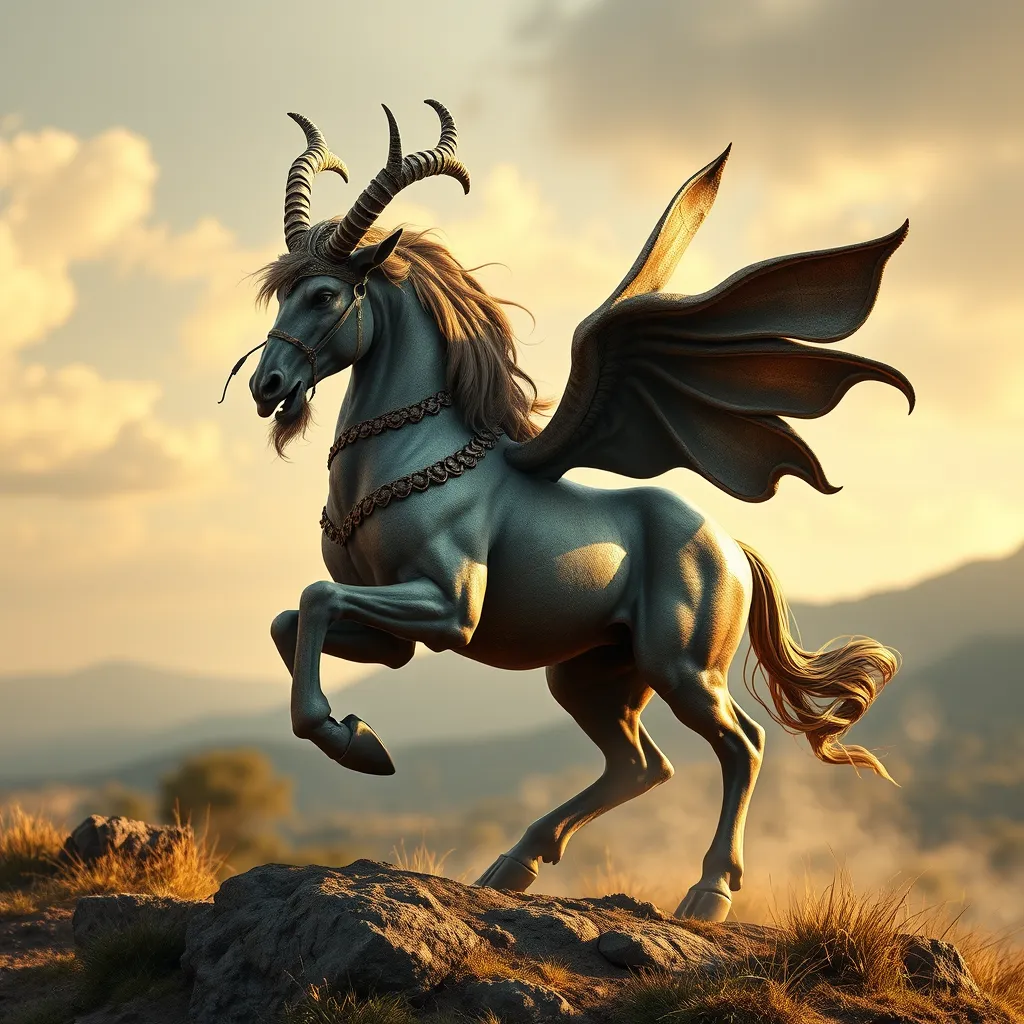The Maize God: Itzamná’s Role in Mayan Agriculture and Sustenance
I. Introduction
In the rich tapestry of Mayan mythology, the figure of Itzamná stands out as a powerful and multifaceted deity. Revered as a god of wisdom, creation, and the sky, Itzamná also holds a pivotal role as the Maize God, a symbol of sustenance and life for the ancient Maya. Maize, or corn, was not merely a staple food; it was the cornerstone of Mayan agriculture, culture, and spirituality. This article aims to explore the significance of Itzamná in the context of Mayan agriculture, examining how this deity intertwined with the cultivation and reverence of maize shapes our understanding of ancient Mayan civilization.
II. The Significance of Maize in Mayan Civilization
A. Historical context of maize cultivation
Maize has been cultivated in Mesoamerica for thousands of years, with archaeological evidence suggesting its domestication around 9,000 years ago. The ancient Maya adopted maize as their primary crop, leading to the development of complex agricultural systems that supported their thriving civilization. The introduction of innovative farming techniques allowed the Maya to cultivate maize effectively in the diverse environments of the Yucatán Peninsula.
B. Maize as a staple food and its nutritional value
Maize was not only a dietary staple but also a central component of Mayan identity. It provided essential nutrients, including carbohydrates, protein, and vitamins. The Maya developed various dishes from maize, such as tortillas, tamales, and atole, which were integral to their daily sustenance. This reliance on maize extended beyond nutrition, as it became a symbol of life and fertility.
C. Maize in Mayan rituals and cosmology
Maize held profound spiritual significance in Mayan cosmology. It was believed that humans were created from maize, linking the crop to the very essence of life. Rituals and ceremonies often involved maize, emphasizing its role in both agricultural practices and religious observance. The Maya celebrated the life cycle of maize through festivals that coincided with planting and harvest seasons.
III. Itzamná: The Divine Maize God
A. Mythological background of Itzamná
Itzamná, often depicted as an old man with a serpent headdress, is one of the most important gods in the Mayan pantheon. He is associated with creation, wisdom, and the heavens, but his connection to maize establishes him as a guardian of agricultural fertility. In the myths, Itzamná is credited with teaching the Maya essential skills, including farming and writing, thus shaping their civilization.
B. Attributes and symbolism associated with Itzamná
Itzamná embodies various attributes that symbolize fertility and sustenance:
- Wisdom: As a god of knowledge, Itzamná is revered for imparting agricultural wisdom.
- Creation: He is seen as a creator god who shaped the world and provided maize as a gift to humanity.
- Fertility: Itzamná’s influence is believed to ensure bountiful harvests and the fertility of the earth.
C. The relationship between Itzamná and other deities
Itzamná’s role as the Maize God is complemented by his interactions with other deities in the Mayan pantheon. For instance, his relationship with the rain god Chaac emphasizes the interconnectedness of agriculture and weather. Together, they represent the dual forces necessary for successful crop growth—rain and sustenance.
IV. Agricultural Practices in Ancient Maya Society
A. Traditional farming techniques and crop rotation
The ancient Maya employed sophisticated agricultural techniques, including slash-and-burn farming, terrace cultivation, and crop rotation. These methods maximized soil fertility and ensured sustainable yields. Maize was often intercropped with beans and squash, known as the Mesoamerican triad, which provided a balanced diet and enriched the soil.
B. The role of ritual and prayer in agriculture
Rituals and prayers were integral to Mayan agricultural practices. Farmers believed that invoking Itzamná’s favor through ceremonies would enhance the fertility of their crops. Offerings, including food and incense, were made to seek blessings for a fruitful harvest.
C. Seasonal cycles and their connection to Itzamná
The Maya closely observed seasonal cycles, aligning their agricultural activities with the natural calendar. The planting and harvesting of maize were timed according to the solstices and equinoxes, with rituals dedicated to Itzamná marking these significant periods.
V. The Impact of Itzamná on Crop Fertility
A. Beliefs surrounding Itzamná’s influence on harvests
The Maya held a deep belief that Itzamná directly influenced the fertility of their crops. Successful harvests were often attributed to his favor, and failures were seen as a sign of displeasure. This belief system shaped agricultural practices and community rituals.
B. Ceremonies and offerings made to Itzamná
To honor Itzamná and seek his blessings, the Maya conducted various ceremonies, including:
- New Year celebrations: Marking the start of the agricultural cycle with offerings of maize.
- Harvest festivals: Celebrating the bounty with feasts and dances dedicated to Itzamná.
- Rituals for rain: Invoking Itzamná’s assistance to ensure sufficient rainfall for crops.
C. Case studies of successful harvests attributed to divine favor
Historical accounts and oral traditions recount numerous instances where bountiful harvests were attributed to Itzamná’s blessings. These narratives not only highlight the agricultural success but also reinforce the cultural significance of this deity in Mayan society.
VI. Itzamná in Mayan Art and Iconography
A. Representation of Itzamná in murals and pottery
Itzamná is frequently depicted in Mayan art, particularly in murals and pottery. His imagery often includes elements associated with maize, such as ears of corn or agricultural scenes. These representations serve as a testament to his importance in both daily life and spiritual practice.
B. Symbolic imagery related to maize and fertility
Artistic depictions of Itzamná often feature maize motifs that symbolize fertility and sustenance. These symbols were not only decorative but served to communicate the vital connection between the deity and agricultural abundance.
C. The evolution of Itzamná’s depiction over time
The evolution of Itzamná’s iconography reflects changes in Mayan society and beliefs. From early representations to more complex depictions in later periods, the imagery surrounding Itzamná illustrates the enduring importance of maize and agriculture in the Mayan worldview.
VII. Contemporary Legacy of Itzamná and Mayan Agriculture
A. Influence of ancient practices on modern agriculture in the region
Today, many agricultural practices in the Yucatán Peninsula still reflect ancient Mayan techniques. Crop rotation, intercropping, and sustainable farming methods are utilized by contemporary farmers who honor their ancestral heritage.
B. Preservation of Mayan agricultural traditions
Efforts to preserve Mayan agricultural traditions have gained momentum in recent years. Organizations and communities work to integrate traditional methods with modern practices, ensuring that the knowledge of the past informs sustainable agriculture for future generations.
C. The role of Itzamná in contemporary Mayan identity
Itzamná continues to be a significant figure in contemporary Mayan identity, representing the deep-rooted connection to land, agriculture, and cultural heritage. Festivals and rituals celebrating Itzamná serve as a means of cultural expression and community solidarity.
VIII. Conclusion
In conclusion, Itzamná’s role as the Maize God is central to understanding the agricultural practices and cultural identity of the ancient Maya. His influence on maize cultivation, rituals, and the very sustenance of life underscores the deep interconnection between spirituality and agriculture in Mayan civilization. The legacy of Itzamná endures not only in the stories and rituals of the past but also in the agricultural traditions that continue to thrive today. As we explore the rich heritage of the Maya, we are reminded of the importance of preserving their agricultural knowledge and honoring the divine connections that shaped their world.



